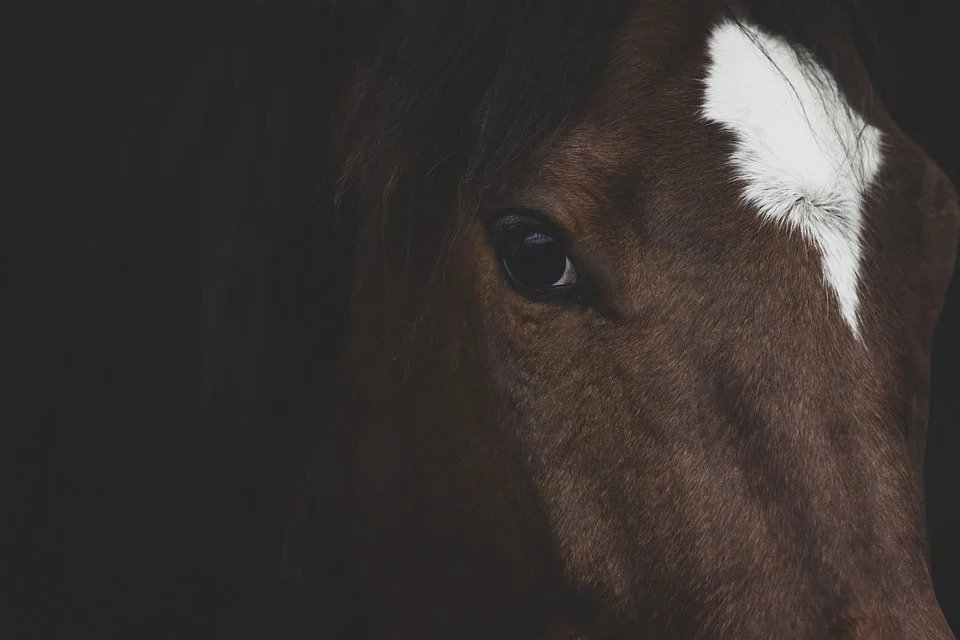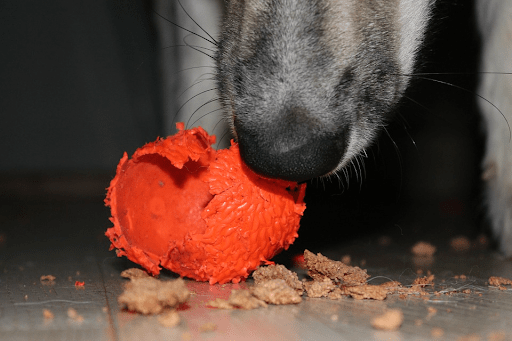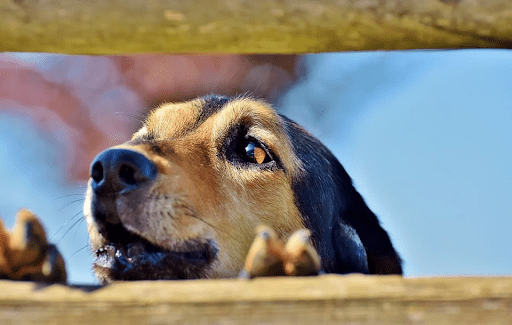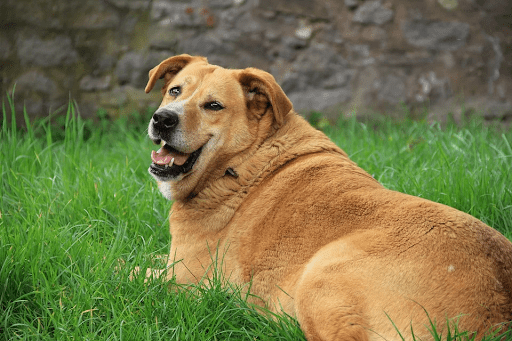Winter is coming! Horse Care Part
By Chris Bates, Osteopath and Equine Therapist, Lecturer at London College of Animal Osteopathy (LCAO)
It’s that time of year again- red noses, wooly hats, and waterproof gear! But while we know how we feel when the weather takes a turn, do we really understand how our horses react? If you spend long enough at the stables this time of year you will undoubtedly hear someone ask “What rug are you putting on him tonight?”.
Likewise, you’ll see owners sticking their hands under rugs to check their horse’s temperature. The problem is that there is no “one size fits all” answer.
As we know from an Osteopathic perspective, each horse is an individual case and will react differently. In this two-part “seasonal” series, we will look at common cold weather considerations.
To clip or not to clip?
Imagine you’re riding your horse on a lovely autumn afternoon and suddenly notice they’re sweating. Perhaps you have a jacket on and feel warm, but remember, it’s your horse that’s doing the leg work (literally).
As the days get shorter, horses react to diminishing daylight. Reduced daylight causes an increase in Melatonin. This hormone has a number of functions, including regulating cycles in mares and control over sleep.
It also stimulates the growth of winter coats. Horse coats are perfectly suited to insulation, rain protection and can actively regulate temperature by trapping air or flattening down. The problem comes when we want to exercise our horses while they have this thick covering.
Clipping removes the coat down to short fine hair which allows the horse to regulate better through sweating. This is why clipping removes the areas that are most prone to heavier sweating such as neck, girth, and flank.
Finding the right clip depends on the type and intensity of exercise you ask of your horse. Generally, the more intense the exercise, the more the coat is removed. However, this also depends on the way the horse will be rugged when not working.
A full clip (everything off) is usually not needed unless the horse is in regular winter competition/work as well as fully rugged and often stabled.
A good standard clip for an adult horse in moderate to regular work of medium intensity is a blanket clip or trace clip. These leave a sufficient covering over the back and help to keep the organs warm, thereby reducing risk of colic or rapid weight loss.
The important thing is that the horse shouldn’t lose condition from over sweating, but still be able to regulate their own temperature when not under saddle.
Our advice is to speak to your Osteopath, Trainer or Stable Manager as to which clip would suit and always use an experienced and safe professional to do the job.
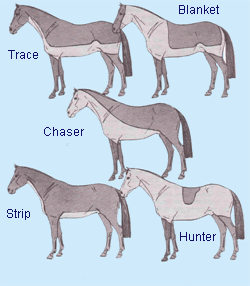
Food Glorious Food!
Colder weather brings with it the need to reassess our horse’s diets. Many owners believe that horses should be fat going into winter, but this is not completely true.
Yes, it’s useful for horses to be in good condition heading into winter as the cold necessitates the body to metabolize that “fuel” to regulate body temperature. However, making any changes to diet brings the risk of digestive distress such as colic or overfeeding issues like laminitis.
Forage such as hay/grass should make up the bulk of the horses diet, in colder months however the access to grass may well be reduced and so supplementary hay should be offered.
Forage being digested produces heat, regulating the horses temperature. Field feeders are useful as they reduce the chance of hay becoming mushed into the ground and wasting money, not to mention the risk of ingesting sand, stones or mud.
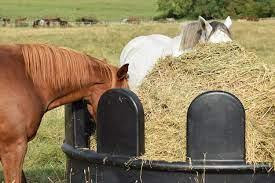
If you’re feeding your horse concentrate meals then feed them as little and often as possible. Horses do best with trickle feeders as excessive single feeds can lead to colic or choking from fast overfeeding.
A good feed balancer is useful to ensure sufficient vitamin and mineral intake. It’s also important to check the horse’s water. If you are in an area where freezing is likely then frozen troughs and buckets will cut off their access. Hydration is very important whatever time of year.
Check back next week for Part II of our horse care in winter series.
For more information on how you can become an Equine Osteopath, click here


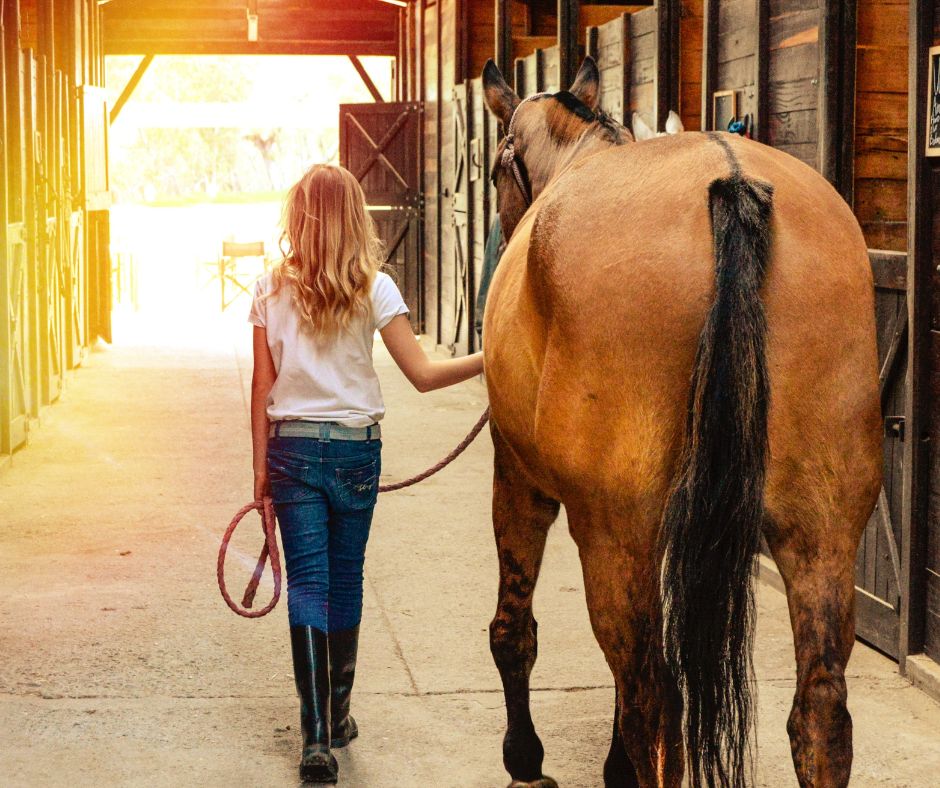
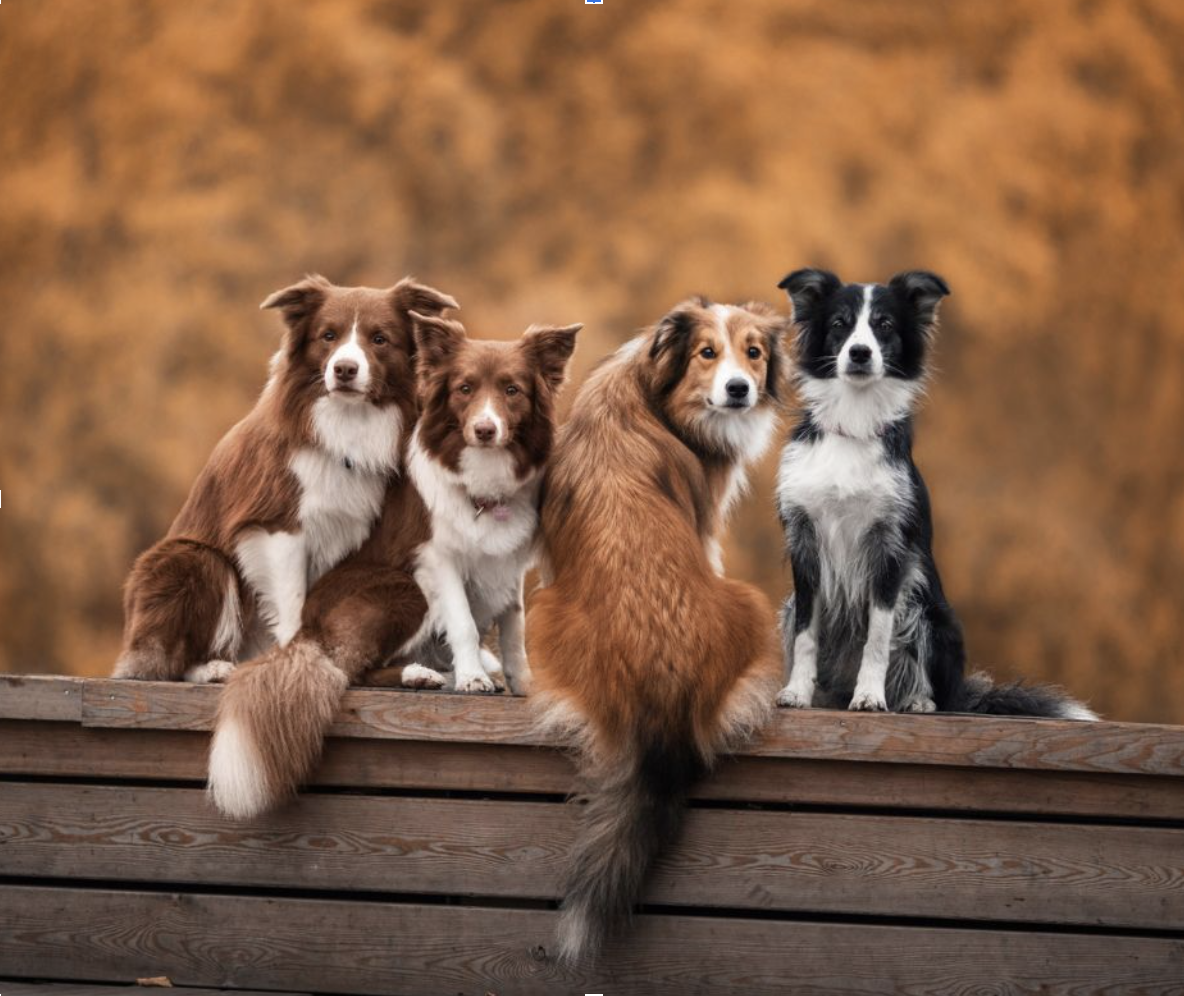
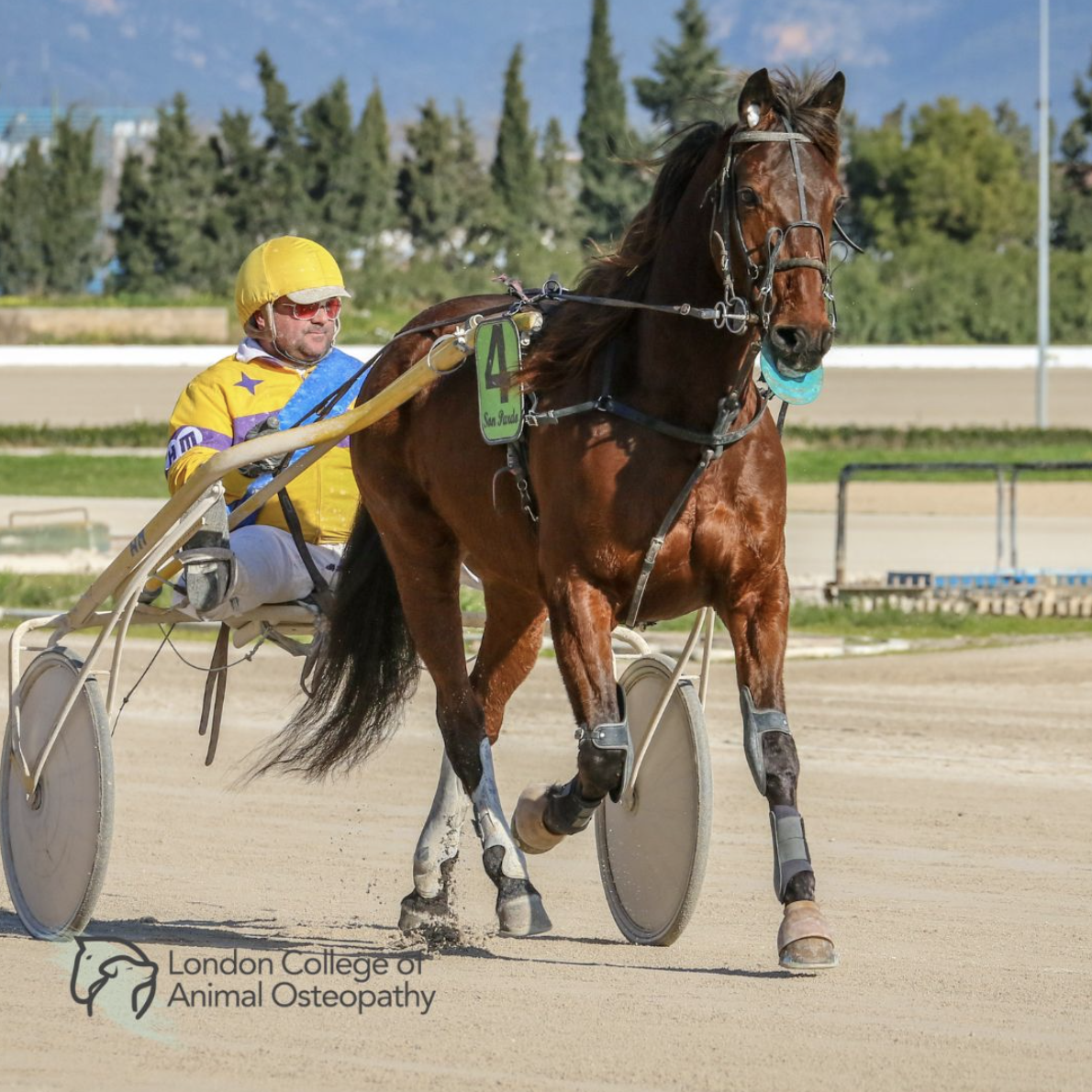
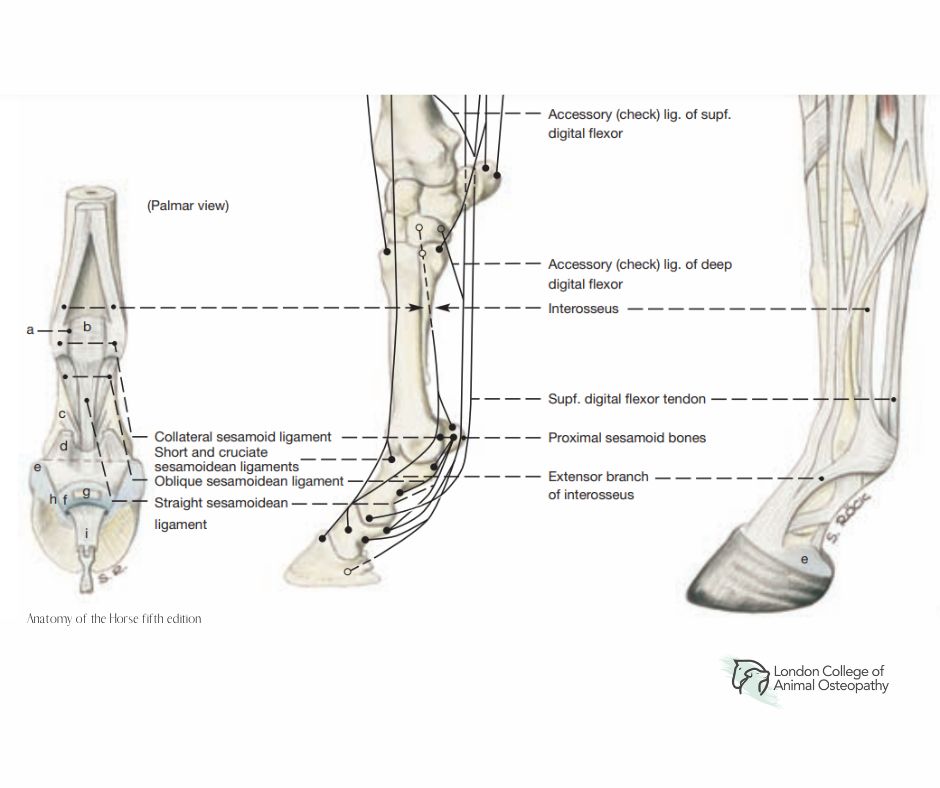
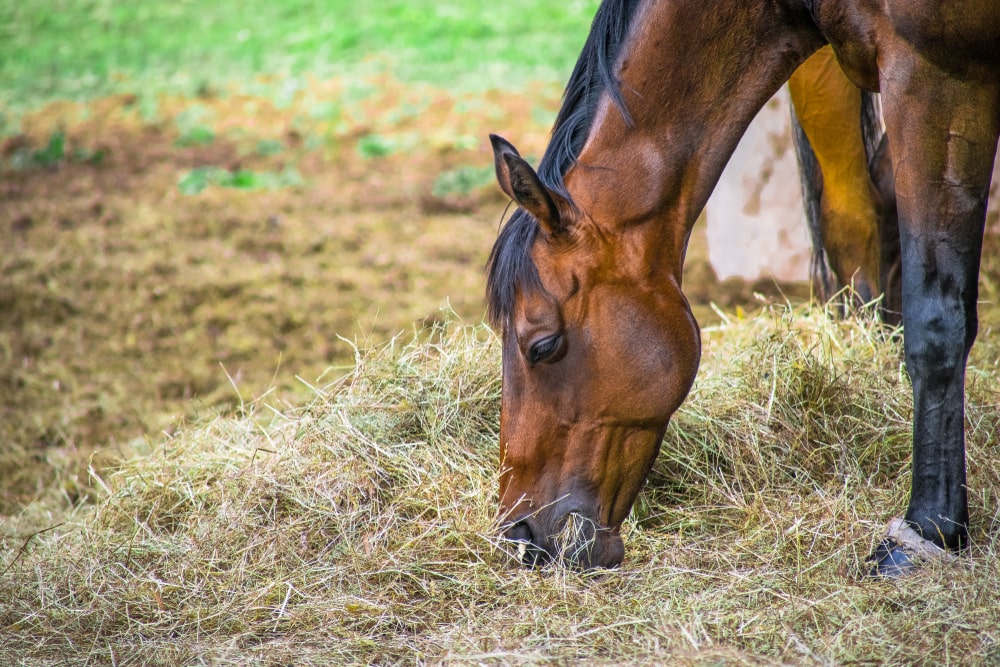
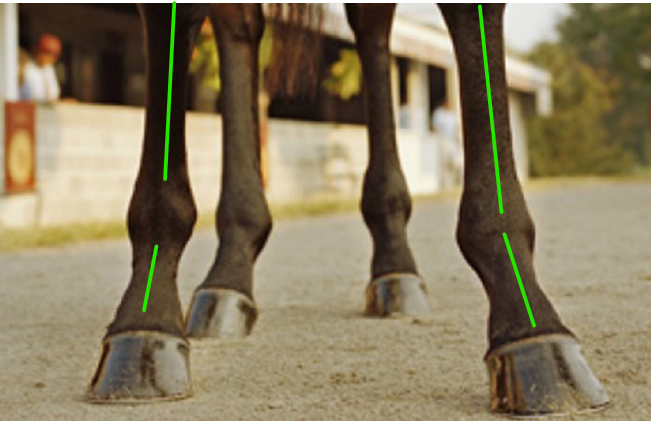








.png)
